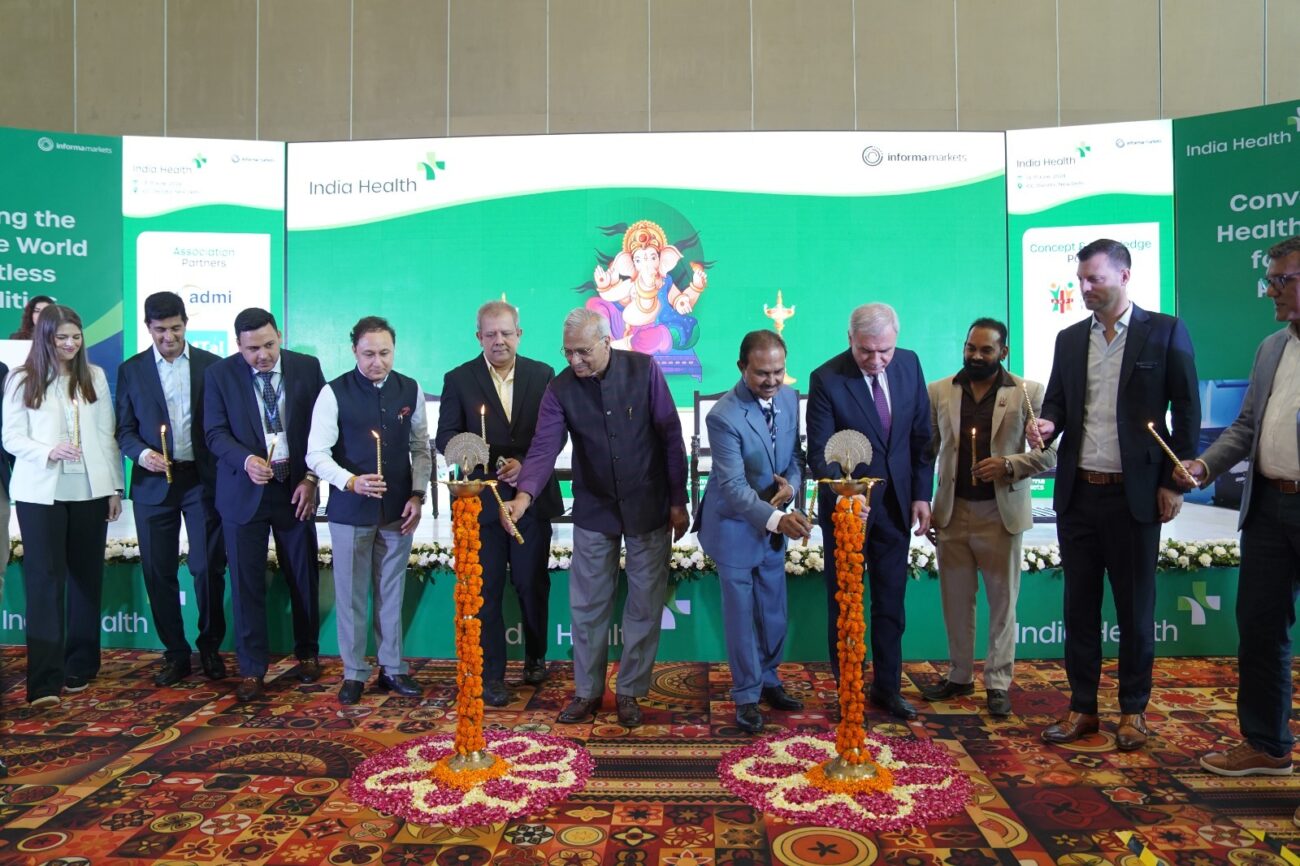Latest Advancements In Orthopaedics
Dr.Kiran Chouka Consultant-Orthopedic Surgeon Manipal Hospital Hebbal Orthopaedics has seen some major changes over the past few decades and there is a lot more that is in the pipeline. The materials used for managing traumatic injuries, the technology,

Dr.Kiran Chouka
Consultant-Orthopedic Surgeon
Manipal Hospital Hebbal
Orthopaedics has seen some major changes over the past few decades and there is a lot more that is in the pipeline. The materials used for managing traumatic injuries, the technology, and the molecular biology have all promised greater advances in the field.
Here are some of the latest advancements in the field of orthopaedics.
Autologous chondrocyte transplantation
The articular cartilage has always been vulnerable to injury and shows poor potential for damage repair. This recurrent injury can lead to arthritis. Joint replacement surgery has been of key importance in the management of arthritis in the elderly patients. But management of the damage to articular cartilage remains a major issue in young adults.
The ideal treatment for this would be to replace the damaged articular cartilage and restore joint function thereby preventing the development of arthritis. To achieve this, fibrocartilage transplantation has been used for numerous years. A new technique that has emerged, allows you to harvest small amounts of hyaline cartilage, extract the chondrocytes, and increase the cell population in tissue culture. The cells increase in number by about 15 times over four weeks before being reimplanted beneath the periosteal patch that is then sutured over the articular defect.
This technique can help in providing great improvement to the quality of life of active young patients. Further studies are required to confirm the potential of this technique to ultimately prevent osteoarthritis and avoid joint replacement.
Robotic knee replacements
Conventional total knee arthroplasty (TKA) has been one of the safest and most cost-effective procedures in orthopaedics. The patient satisfaction rate is about 75% to 92% and it is a powerful mode to relieve pain and provide functional restoration in patients with advanced arthritis. However, robotic knee replacement is here to decrease the mistakes related to bone cuts and prosthesis alignment and positioning.
The technique involves using dynamic referencing to assess the knee for its stability, range of movement, alignment, and positioning. The reduction in soft-tissue dissection and muscle injury help decrease the inflammatory response and hasten recovery with physiotherapy. With robotic TKA, the surgeon’s ability to control the positioning of the implant, the ligament balance, and the limb alignment increases.
Fast-track total knee arthroplasty
Since decades, it is a known fact that a total knee arthroplasty (TKA) requires a huge amount of post-operative care in the hospital. With the current improvements in wound care, physical therapy, multimodal analgesia, operative methods, and hospital
logistics, the length of stay for TKA patients has decreased to 3 days. Almost 75% of the patients stay for 3 days or lesser after their TKA.
Fast-track total knee arthroplasty is an advanced knee procedure where the patient can get discharged within 24-48 hours after the knee replacement surgery. The psychological and physiological stress on the patient is reduced and early mobilisation and rapid recovery is achieved.
Metal on metal prostheses for hip replacement
The total hip replacement is the current treatment of choice for elderly people with arthritis. Metal femoral components with plastic acetabular cups are the most used prostheses. The long-term problem with hip replacement is the loosening of these components resulting in bone loss and pain. The patient then requires a complex revision surgery which then restricts the use of total hip replacement in middle-aged patients. The small plastic particles produced by the wearing of the cup activate macrophages to clear the particles resulting in an inflammatory reaction around the replacement. The macrophages produce giant cells that send chemical mediators to active the osteoclasts to resorb the bone from around the prosthesis. This produces bone cysts and loosens the bone. Recent developments have suggested to use metal on metal prostheses that will not only reduce the inflammatory reaction but also the wear and tear.
Another type is the ceramic-on-ceramic prostheses that were developed to reduce the wear-induced osteolysis in young and active patients. This would mean theoretically reducing the need for early aseptic loosening revision of the implant. With the ceramic-on-ceramic implants, there seems to be a slower rate of debris production and improved lubrication over the bearing surfaces.
Flexible management of long bone fractures
Femoral fractures are very common in children and have been traditionally treated with traction for about four to twelve weeks. The flexible management of the femur involves nailing the femur flexibly. The flexible nails are small and fit into the intramedullary canal in children. These nails maintain their shape after contouring and provide strong and stable fixation. The nails have opposing curves that provide maximum stability. These flexible nails allow earlier weight bearing, movement, and quicker return to school. The complications are less, and the results are equivalent to plating but with a better chance at cosmesis, ease of removal, and shorter duration of anaesthesia.
Gene therapy in fracture healing
Any fracture initiates bone healing with processes like the healing process in other tissues. Delayed healing of the fracture may cause disability and socioeconomic processes. Bone morphogenic proteins and transforming growth factor help enhance
fracture healing. They help regulate chemotaxis, mitosis, and differentiation to promote initial fracture repair.
Developments in gene therapy enable gene encoding for a growth factor and this is then transferred to a recipient’s cell using the viral or non-viral vector.
Takeaway
There are techniques that are currently under research and more case studies are needed. These recent developments may be a great boon in revolutionising orthopaedic surgery, but they can be confirmed for use only with repeated experience.






